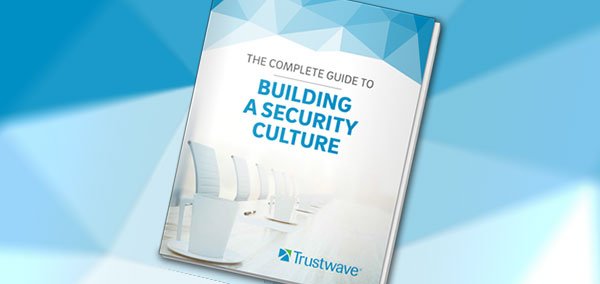Introducing the Complete Guide to Building a Security Culture

Just like in our personal lives – where culture connects us to shared attitudes, values and beliefs – culture in the office helps to make each of our workplaces unique, and influences how we behave and operate. When we like the culture in which we work, we tend to be happier; when we don’t, we’re less so. Culture is often underlying and unspoken, but you know it’s there.
There are subsets of workplace culture, too, and the one we care about is security culture. The importance of a strong cybersecurity culture cannot be understated. It transcends technologies, processes and even people. It is bigger than security awareness. Security culture becomes ingrained everywhere you look and touch. It is aligned with the objectives of the business. Everybody doesn’t just practice security, they also own it.
For many IT and security professionals, security culture may be your white whale. The concept sounds utopian, but you’re still working on getting your employees to remove the Post-It notes containing their passwords (amirite?). How can you possibly build a culture?
Indeed, building one takes time and perseverance – old habits die hard, as they say – but beliefs and buy-ins to the mission of cybersecurity can be learned, shaped, transformed and sustained. To that goal, we have prepared a comprehensive e-book that will help you better understand how to steer the growth of a security culture that works for your individual organization.
Download The Complete Guide to Building a Security Culture to discover:
The three primary challenges you face that are driving the need for a company culture baked in security.
How IT security can work with other business units in the technology procurement process.
How to get security buy-in from the C-Suite and Board to experience the trickle-down effect of leading by example.
Tricks to get your users passionate about practicing good security hygiene.
Best practices for obtaining multi-department support in the event of a security incident.
How compliance requirements intersect with the need to develop a strong security culture.